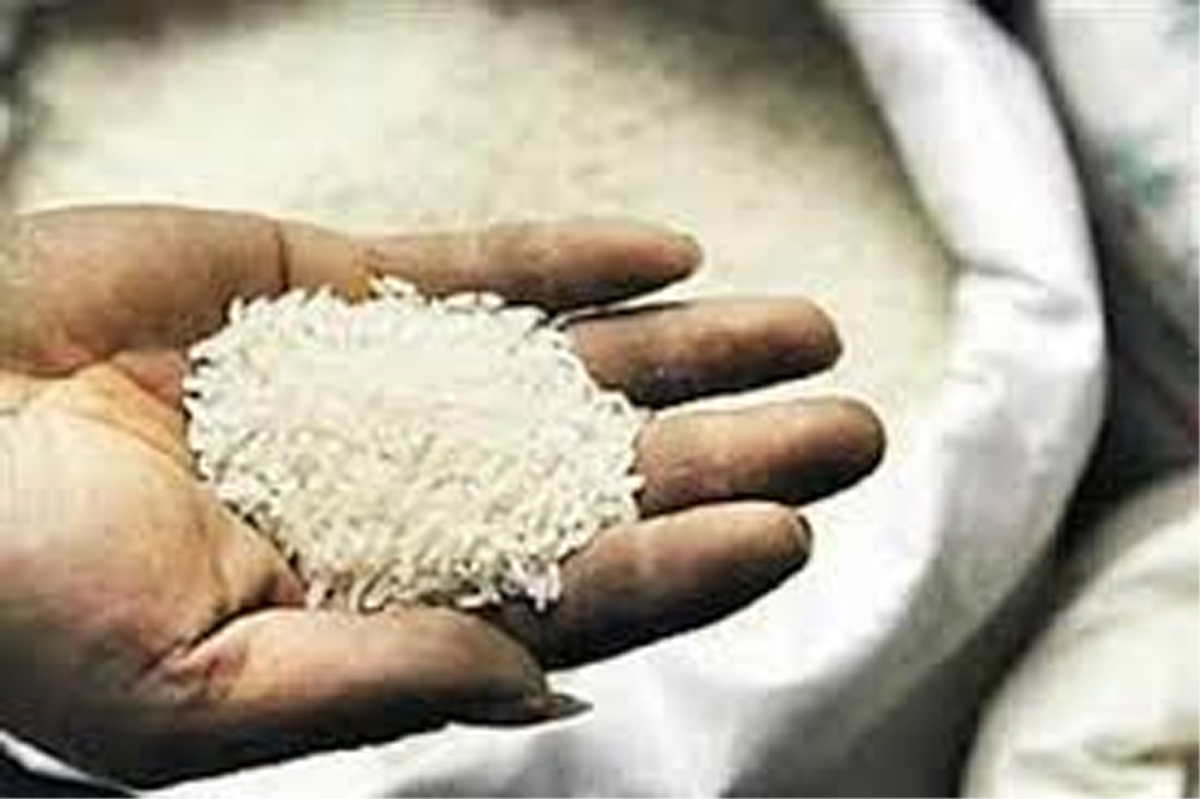Div Comms submit reports to LG on crop damage
Avtar Bhat
JAMMU, Jan 1: Responding to recent communiqué received from Lieutenant Governor, Girish Chander Murmu’s office, regarding submission of detailed report about the losses incurred in Agriculture Sector during the unseasonal rains and hailstorm in Jammu region and early snowfall in Kashmir Valley, the Divisional Commissioners of both the regions of J&K UT have submitted their report to Civil Secretariat on scheduled date.
Confirming this, the official sources in Civil Secretariat said that the report has been submitted by both the Divisional Commissioners of Jammu region and Kashmir valley but they did not divulge the further details regarding the loss suffered in the Agriculture and Horticulture sectors of the two regions as mentioned in the reports. The report was submitted by respective Divisional Commissioners by December 30 the scheduled date, the official sources added.
Divisional Commissioner Jammu, Sanjeev Verma also said that the report was submitted as per the deadline yesterday to Civil Secretariat. It may be recalled that the Lt Governor in a communiqué issued on December 28 to both the Divisional Commissioners has sought the detailed report on losses incurred in Agriculture Sector in the UT.
However in another report prepared by Agriculture Department Jammu said that out of 60,000 hectares on which Basmati rice which is major crop of irrigated sub tropical plains of Jammu, Samba and Kathua districts an area of 22,000 hectares has suffered a major loss due to unprecedented rains and inclement weather as per preliminary estimates.
The report said that the crop is generally harvested during the month of November and December due to its late maturity. Sources in Agriculture Department said that world famous Basmati 370 mostly produced in RS Pura Sector is famous for its aroma and this aroma is developed by it in the month of November when temperature becomes comparatively cool and that is the reason for its late harvest.
In addition to this the Wheat crop which is grown in an area of 2.9 lakh hectares in Jammu region is a major Rabi Crop of the Division has also been affected in the sub tropical plains due to high moisture in the soil resulting into poor germination or prevented sowing.
It further revealed that the overall area coverage under wheat crop in Jammu Division is about 75 percent. The condition of the sown crop was also poor. However, the final picture of crop condition of the Rabi sown crops will emerge by the end of January 2020.
The experts in Agriculture maintained that the ongoing unprecedented and unseasonal rainfall and hailstorm in Jammu Division is not less than a natural calamity which has caused a major loss to the crops.
They said that the natural calamity is defined as extreme loss of life, property and crops due to various natural events such as earthquakes, Tsunamis, floods, landslides, cyclones (excessive rains) drought and heat wave etc.
However, confusion prevailed whether the excessive rainfall can be included as natural calamity though in India, cyclones are classified by strength of associated winds, storm surges and exceptional rainfall occurrences (National Disaster Management Authority of India).
The officers of Agriculture Department held a meeting with Sher-e-Kashmir University of Agricultural Sciences and Technology of Jammu (SKUAST-J) today to ascertain their expert opinion on the issue also. The SKUAST, Jammu in its report has mentioned that the normal rainfalls of November and December months in Jammu sub tropics are 11.6 mm and 23.3 mm respectively whereas the rainfall received in the current Rabi Season during the month of November was 77.4mm (65.8mm higher than the normal) and in the month of December upto December 16 it was 82.6 mm (59.3 mm higher than the normal) which were also quite higher than their respective monthly normal rainfall. This has not only shattered the normal cultivation process of Rabi crops especially the planting and establishment of Wheat crop but also has by and large effected its germination.
This has happened much due to stagnation of water in the fields and in many cases where rain has occurred within two –three days after sowing of the wheat crop. Further the prevailing weather conditions have also affected the sowing of the wheat as a result of which a large number of the area in which wheat is grown especially in low lying areas of this zone have yet not been sown.
As per reports from Kashmir valley the Director Agriculture Kashmir, Altaf Aijaz Andrabi said that there was no loss to paddy and other Kharif crops due to heavy snowfall in November as the farmers have harvested the crop by then. He however said the there was about 25 to 30 crore loss to Saffron crop due to heavy snowfall as this crop is harvested in month of November.
The heavy snowfall has, however, put the Horticulture Sector to a great loss as 35 percent fruit bearing trees especially Apple where damaged in Kashmir valley, said Director Horticulture Kashmir, Aijaz Ahmed.


